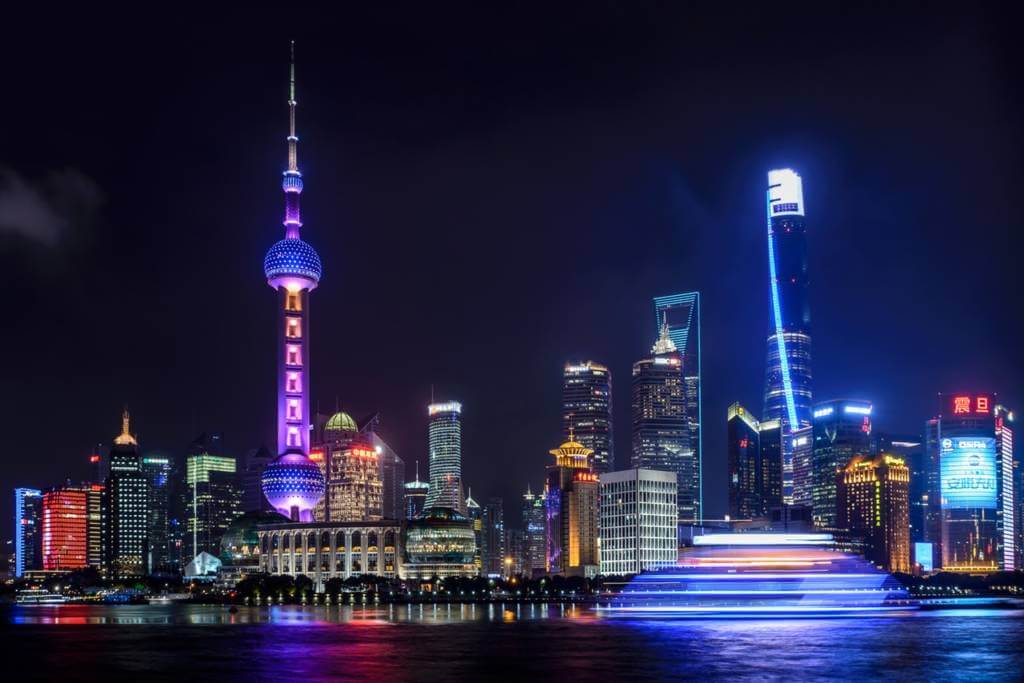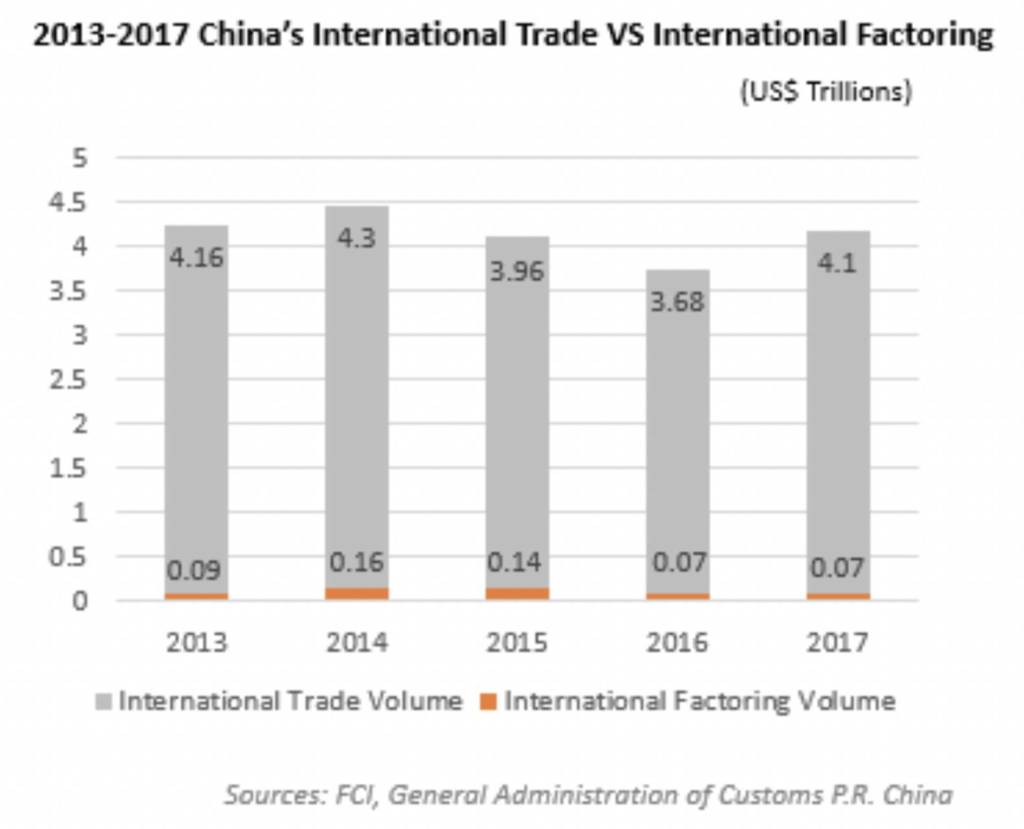The world’s largest exporter, China is set to grow with its huge Belt and Road Initiative (BRI) over the next few years. However, Chinese exporters are facing difficulties capturing this market without accessible financing. TFG heard from Lantana Tech’s CEO, Derek Lee, on some of the challenges and opportunities within this market.
What are China’s Trade and Export Finance Woes?

China is the world’s largest exporter with over US$ 2.3 trillion of exports annually for the past 5 years and is set to grow with its massive Belt and Road Initiative (BRI). However, Chinese exporters are facing difficulties capturing this market without accessible financing.

China recognized this issue and placed an emphasis on reducing financial burdens by directing banks and creating business models such as Foreign Trade Comprehensive Services Enterprises (外贸综合服务企业) to assist smaller exporters.
However, China’s thin filed exporters are still borrowing their working capital at rates commonly from 12% to (officially) 36%, as financiers are averse in providing financing, due to fear of fraudulent activities and lack of trust. A closer look at the autopsy report of 外贸综合服务企业 platforms mirrored this fundamental sentiment.
It is currently fashionable to use blockchain as a solution to solve trade finance and trust issues. Domestic consortiums created platforms such as the Greater Bay Area Trade Finance platform by the PBoC to the SAFE platform in attempts to solve these problems.
Although blockchain is a proxy of trust, they are not effective in building up credit for exporters, minimizing the overall effectiveness of the platforms as financial institutions still won’t support them.

What are you up to at Lantana.Tech?
At Lantana.tech, we are building the operating system in which dApps supporting cross border trades on the Belt and Road Initiative will be built on. We developed a Distributed Ledger Technology infrastructure using Directed Acyclic Graph as opposed to traditional blockchain to increase granular usages of our technology by increasing transaction speed and accessibility.
Lantana designed a dApp along with an established trade finance ecosystem company: OOway to solve the trade finance issues along the BRI. The first iteration of the dApp will focus on servicing Chinese export enterprises.
By partnering with OOway, Lantana gained access to the Belt and Road Initiative Free Trade Alliance comprising of over 81 free trade areas within China over 450 zones throughout the BRI. This translates to over 1 million enterprises with GMV of US$3 trillion.
Why is Trade Receivables the Solution?
Working with exporting SMEs throughout China’s free trade areas, we discovered an underlying asset which China underutilized is its trade receivables. According to the ICC, 80% of the world’s trade is done on open accounts and with China’s sheer trading volume, its total accounts receivables market is massive.
We noted that trade receivables, especially international factoring, are rarely used as a financing tool within China. Issues include the lack of exposure to Chinese SMEs and the recurring theme of lack of accessible financing.

Naturally, China recognized there is a potential market and the People’s Bank of China Credit Reference Center created a platform for domestic factors since 2013. Yet cross-border receivables remain untouched due to limitations of affordable financing domestically and limitations of trust of cross-border trades.
OOway Cornerstone Use-case
The apparent solution was to connect foreign financial institutions (both NBFIs and major banks) with competitive rates. On one hand, we provide foreign financial institutions exposure to the scale of the Chinese BRI while we match the financing needs of Chinese exporters through factoring.
OOway built a trade finance ecosystem and operates China’s premiere export factoring platform matching foreign financial institutions with Chinese exporters. Over US$ 2.2 billion of trade receivables has been through the platform to date.

A key component of OOway’s ecosystem is their proprietary behavioural-based credit rating system designed by their leading data scientist and professor at the University of Oxford: Peter Grindrod CBE.
Powered by behavioural data from the free trade area and artificial intelligence technology, the credit rating system gives foreign financial institutions a better understanding into Chinese SMEs while avoiding the risk of fraud brought on by falsified data.
With the continuous stream of data for enterprises, OOway is able to continuously monitor the credit rating of the enterprises and predict future risks. Further acting as a risk control ecosystem for foreign financial institutions, while able to help Chinese SMEs manage their credit behaviours.
With Lantana, these datasets, credit ratings, and financing interactions will be stored on an immutable distributed ledger to ensure both trust and exporter credit for factors. The dApp digitizes interactions between the factor and the enterprise ensuring an efficient assignment process and high integrity records in the unlikely event of dispute resolutions.
This export factoring platform will be the cornerstone dApp on our protocol onboarding financial institutions and global enterprises. With logistic companies and trade receivables securitization projects on the pipeline, the distributed platform will break limitations of current cross border trades.
To learn more about Lantana, please visit: lantana.tech
Or find Derek on Linkedin here.





























